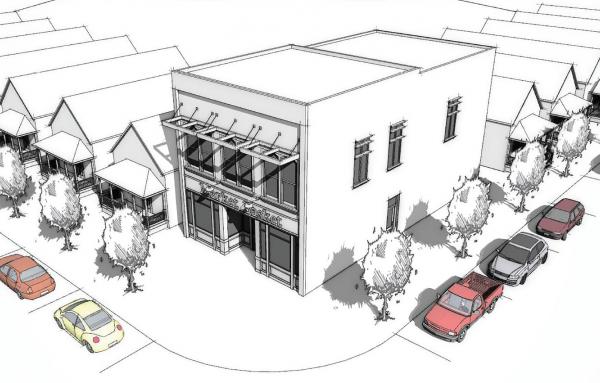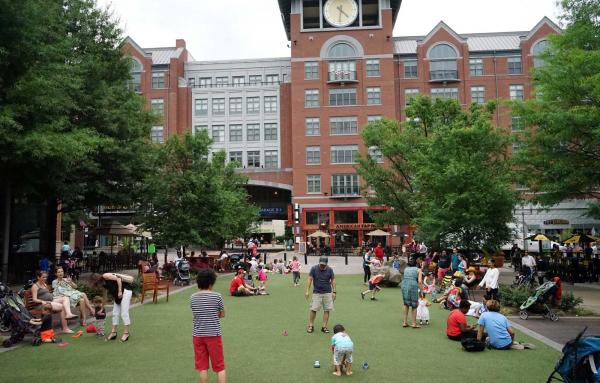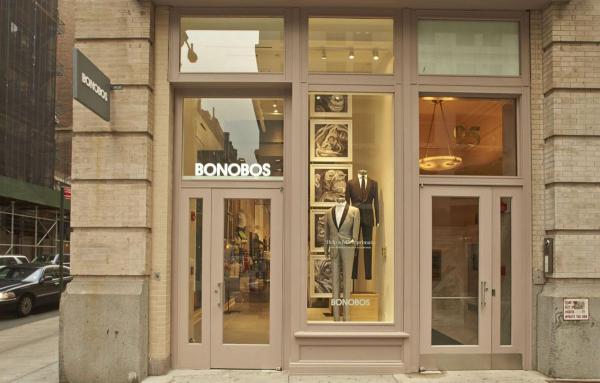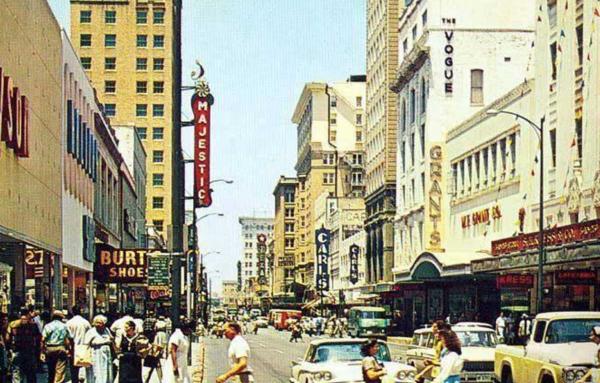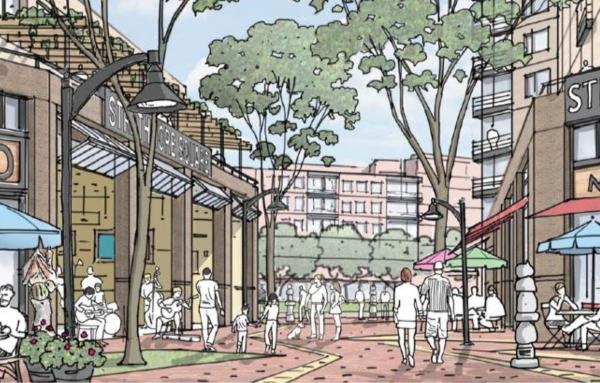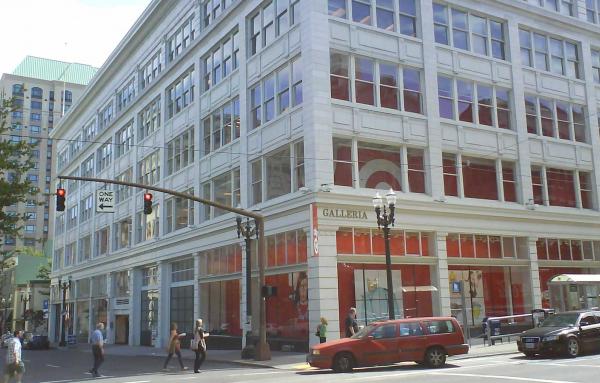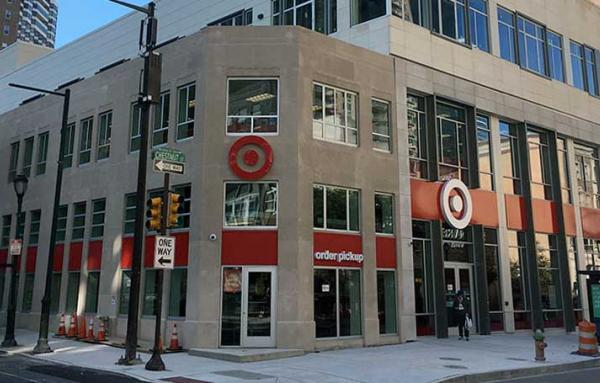Mixed-use
Corner stores are the smallest and most useful type of retail—here's how to make them succeed.
An engaging storefront starts with a vision, then good storytelling, and design that engages the community.
Retail success is tricky in new urban places—so pay attention to fundamental principles because buying and selling are essential activities in a walkable urban center.
Here are ideas to help main streets and their businesses take back market share as the shopping center industry transforms.
The impact of e-commerce on physical stores is not as negative as many believe—downtown merchants can thrive in this environment through omni-channel marketing and creating unique experiences.
A Google search for the so-called "retail apocalypse" generates more than 13 million results, but brick-and-mortar retail is growing. The data presents a more confident picture for urban and town planners, developers, investors, and merchants.
From the decimation of downtowns to the “retail apocalypse,” massively changing retail has been the norm for the last seven decades. Urban retail may benefit from the current transformation.
As the retail market becomes less certain, mixed-use developers look to other ways to boost foot traffic and create a destination.
As more retail moves into cities, the suburban boxes fronted by parking lots are giving way to more walkable designs.
Big box retailer evolves; chases customers to walkable urban locations.
Detroit has captivated the nation in its decline, bankruptcy, and booming downtown rebirth, but there is more to urbanism in Southeastern Michigan than the Motor City.
